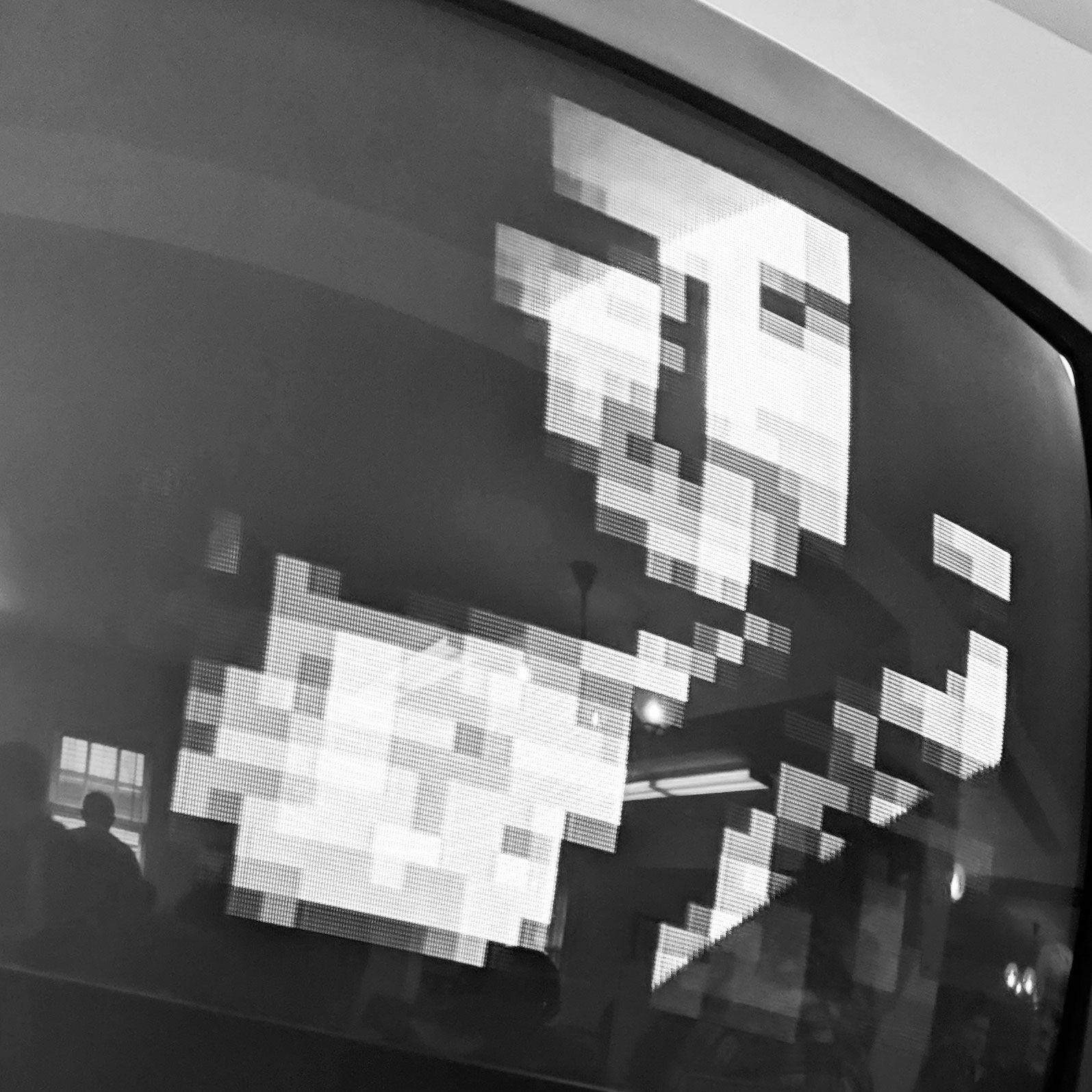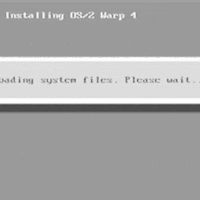
Sixto Rodriguez: Obscure, but only based on how you looked at him.
There’s this occasional thread that appears with my writing where I call something obscure, but when the content reaches a big enough scale or a technical enough audience, I end up getting pushback from folks in technical fields who claim they use something frequently.
This has emerged at least one other time, with a piece I wrote about FTP, but it also emerged with yesterday’s Tedium piece about image file formats that had faded in prominence.
What gives? And where’s the distinction?
I think the key differentiator here is the definition of what makes something obscure. Perhaps it feels poorly shaped by its parameters, worldview, and experience.
For example, I go to the example of Rodriguez, the ’60s-era Detroit folk singer who was quickly forgotten about in the United States, only to build a massive following in South Africa and (to a lesser extent) Australia. By American standards, he was obscure. By South African standards, he was big enough to sell out arenas. (Then Searching for Sugar Man came out, won an Oscar, and he finally got his flowers in the U.S. and now regularly goes on tour. Not a bad story.)
In many ways, file formats and technical standards also face this tension. It’s standards all the way down—and those standards may matter to a small portion of the population for a technical use case, but not necessarily for the vast population of computer users. When I decided to write my list, my parameters were, “What was something that a regular computer user might be familiar with but they haven’t used in 20 years, that didn’t become as dominant as JPG or PNG?”
And I get it; TIFF probably matters to a bunch of technical workflows, and it may be the basis of later generations of standards. And you might be able to open up a file in PCX format in Photoshop in 2021! But the vast majority of people don’t do these things. This is not to say that nobody ever opens up PC Paintbrush, but that you have to be in the know to know about these formats, whereas if you were a computer user 20 or 30 years ago, you didn’t.

The South African cover for Rodriguez’s “Cold Fact.”
Going forward, I plan to use this general framework for obscurity, for sake of the reader. (I mentioned it on Twitter if you’d like to discuss.) Call me out on it if I for some reason am not following it:
- Specialized. Most users wouldn’t be aware of it if they did not have a specific professional need.
- Obfuscated. It is not obvious from use. (If a format or protocol is used in a common tool but it’s never explained to the end user, how are they supposed to know it’s there?)
- Uncommon. The average consumer or regular user could go an entire day or week without running into it in normal use.
- Unloved. Given the choice, the average person (even a more technical one) would not choose it unless they had a specific affinity to it.
- Optional. You could go on with your life without using it and you wouldn’t miss much.
Your definition of obscure may not be my definition. But I think that discussing the parameters is important here because they explain a lot about the way we consider objects. I write for a relatively broad audience of people who like technology and like history, and that audience sometimes narrows into more technical users. You may be knee-deep in fields like archival, print design, or geospatial imaging and you have to get your hands dirty with TIFF fairly often. But in the Venn diagram of people who work in your narrow field and the average person, you fit into a narrow use case. That doesn’t mean there’s something wrong with you for using this file extension that doesn’t seem very common anymore. It just means you work in a specialized field.
Not everyone is specialized. That’s OK. We need obscurity and obfuscation, too.
Time limit given ⏲: 30 minutes
Time left on clock ⏲: alarm goes off



